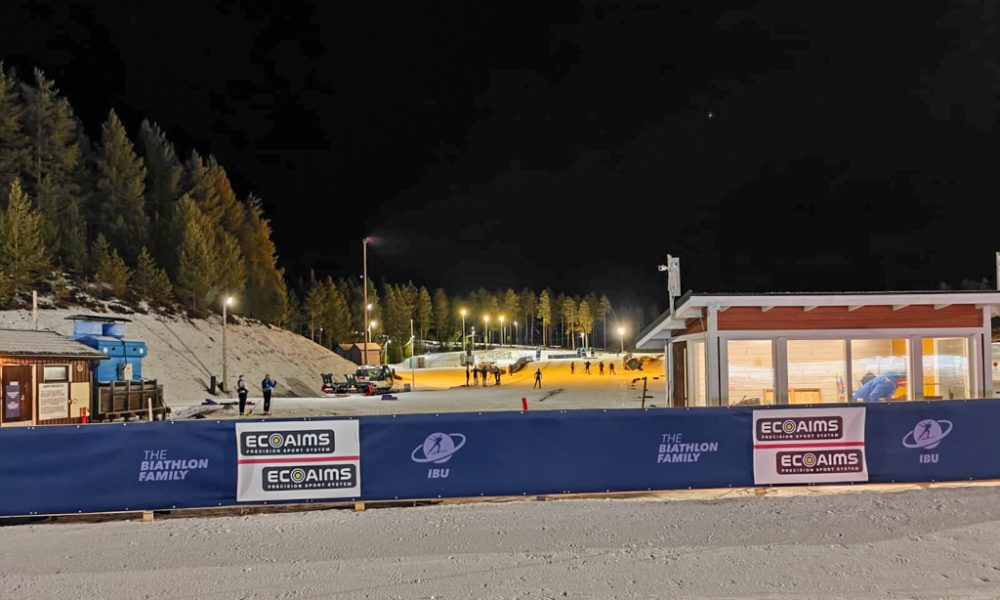IBU Para Biathlon World Cup Season Starts from Vuokatti

The Para Biathlon World Cup season started with a bang at the crisp Vuokatti Biathlon Stadium in Finland.
Three competition days packed with action had athletes competing in Pursuit, Individual, and Sprint disciplines.
Ecoaims and Biathlon Target System Kurvinen, both part of Kurvinen Companies, were on-site to run the shooting range equipped with the state-of-the-art new Ecoaims para biathlon range.
Ecoaims & IBU Para Biathlon Co-operation
Ecoaims and IBU’s co-operation agreement for the Para Biathlon extends over upcoming seasons. The season 2024-2025 includes all three World Cup races: Vuokatti (FIN), Val Di Fiemme (ITA), and Torsby (SWE), as well as the Para Biathlon World Championships in Pokljuka, SLO.
“Our commitment extends beyond providing equipment. We are part of IBU’s Para Biathlon Development Forum and thus actively involved in developing the sport of para biathlon. Looking forward, we are seeing many positive signals and are keen on pushing this sport forward in the upcoming seasons.” – Petri Matikainen, CEO, Ecoaims.
Para Biathlon facts:
- Para Biathlon was introduced in Innsbruck in 1988 for athletes with a physical impairment (IBU, 2024).
- In 1992, athletes with a vision impairment also became eligible to compete in Para Biathlon (IBU, 2024).
- Events: The events include sprint, middle distance, pursuit, and individual competitions (IBU, 2024).
- Shooting: Between the skiing stages, athletes must stop in the shooting range and hit five targets located at a distance of 10m.
- Rifles: Para Biathletes with visual impairment use optical Ecoaims EBSS2006 biathlon rifles that have camera based sensors.
- Range: The Para Biathlon range is divided so that air rifle targets are placed in one half of the track, while electronic targets are located in the other half. The total number of targets is based on the level of the competition. (IBU, 2024)
- Targets: Athletes with physical impairments (LW) aim for the mechanical targets. VI-athletes with visually impairments aim for infrared emitting electric targets and adjust their aim by listening to sound signals from their headsets.
Links:
1. (IBU, 2024): International Biathlon Union – Inside IBU About Para Biathlon (biathlonworld.com)
2. (IBU 2024) IBU announces Para Biathlon calendar 2024-2025
3. Para biathlon shooting results: Results | Biathlon Target System Kurvinen | Suomen Biathlon









